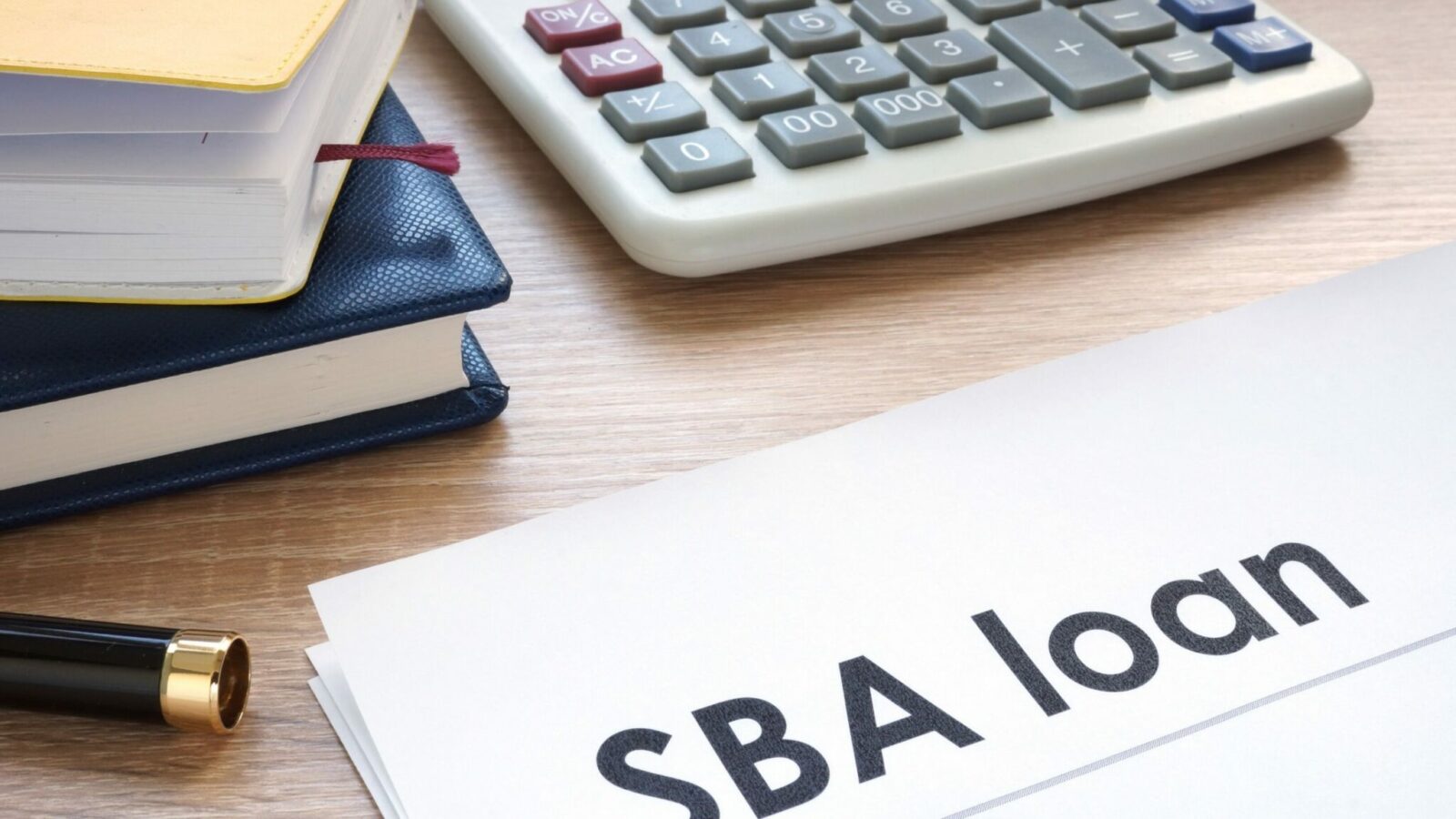New PPP Updates and Current Status

We noted in a June 5 BNN article that some new guidance and forms became available related to the most recent changes in the PPP landscape, primarily consisting of loan applications that had been updated for the expanded terms provided by H.R. 7010 – the Paycheck Protection Program Flexibility Act of 2020 (the “Flexibility Act”).
Trickling out over the last few days, we have received additional guidance and forms; the purpose of this article is to introduce those and provide a high-level snapshot, in one place, of where we are to date with respect to all things PPP.
How we got here
The Flexibility Act greatly expanded the usability of the PPP loans introduced by March 2020’s CARES Act. A chronological overview of what happened between those two pieces of legislation may be found in our June 5 BNN article, which also describes the favorable changes rolled out by the Flexibility Act. Perhaps most significantly, the Flexibility Act expanded the “covered period” during which expenditures of loan payments potentially could qualify for forgiveness from 8 weeks to 24 weeks. (8 weeks continues to be an available option for loans existing on June 5th.) These favorable changes followed and quickly outdated the recently-released forgiveness applications and related instructions before their ink even had a chance to dry.
Since then, we have been awaiting an updated forgiveness application and instructions. Those forms, instructions, and some additional guidance are now available.
Where we are
A list and links to that material are provided below, representing the current status of application forms, instructions, and selected current guidance applicable as of today.
Applications:
- New loan application (SBA Form 2483)
- New forgiveness application form and instructions (SBA Form 3508)
- New “EZ” forgiveness application form and instructions (SBA Form 3508EZ)
(The “EZ” version is a simplified forgiveness application for borrowers who meet certain criteria, including those who did not reduce payroll or employee headcount.)
Additional guidance:
- Interim Final Rule (SBA/Treasury document explaining specs of the PPP, including the process and examples of loan forgiveness)
- SBA Procedural Notice (addressing refinancing of EIDL Loans with PPP loan proceeds)
Gleanings
In a nutshell, the updated guidance, forms, and instructions primarily and simply incorporate changes to the PPP created by the Flexibility Act – no new bombshells were dropped on us. There are a couple observations (or – you guessed it – ambiguities) worth noting though, derived from the Interim Final Rule (“IFR”).
- Some readers may recall that we also have been awaiting clarity on an issue related to whether slightly more than 24 weeks of payroll can qualify for forgiveness, based on the ability to utilize amounts accrued at the end of the period. However, our thinning patience for a straightforward answer on that front remains unrewarded. On the other hand, it seems less of an issue than before because borrowers receive funding based on approximately 10 weeks of historical payroll activity now have as many as 24 weeks to spend it.
- It previously could have been assumed, but is made clear in one of the IFR examples on page 9, that a borrower does not need to wait for the end of the covered period to apply for forgiveness. (There may be a number of compelling reasons a borrower might want to wait, but it is not a requirement.)
- FTE reductions are costly to borrowers’ efforts to maximize forgiveness, but an exception exists for businesses whose operations are unfavorably impacted by restrictions related to COVID-19 that are imposed by governmental authorities. Pages 22-23 of the IFR, combined with instructions on page 3 of Form 3508, seem to suggest that an impact any time during the covered period is sufficient to meet this exception. However, the ambiguous wording (that inexcusably has haunted so much of the PPP guidance) could also be interpreted to suggest that a borrower who utilizes this exception must wait until the end of the covered period to see if the impact is overcome.
By my count, that is one prior ambiguity resolved, one new one that cropped up, and one pesky lingering one that we may never scrape off our shoes. Thus, overall, we appear to have played to a draw with the mischievous SBA guidance-providers. Stay tuned, as we will continue to provide further updates as any additional relevant guidance is made available.
For more information or a discussion on how this may impact you, please contact your BNN advisor at 800.244.7444.
Disclaimer of Liability: This publication is intended to provide general information to our clients and friends. It does not constitute accounting, tax, investment, or legal advice; nor is it intended to convey a thorough treatment of the subject matter.




